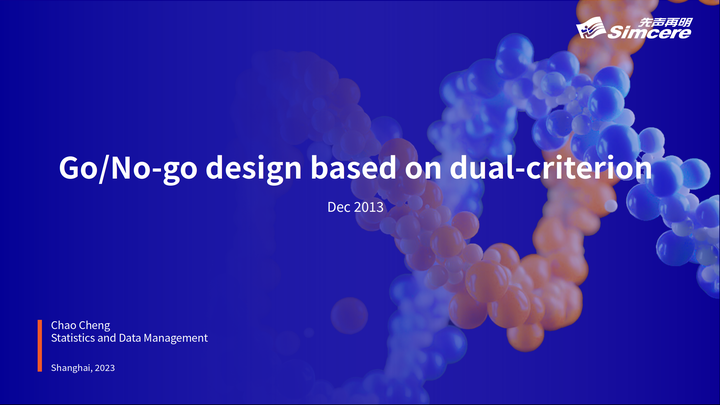Go/No-go design based on dual-criterion

Abstract
Proof of concept (POC) is a milestone in drug development. Typically, after formal evaluation one of the following decisions will be made":" continue further development (Go), stop development (Nogo), or seek further information. In POC trials, dual-criterion design can be applied to investigate the drug efficacy. The decision criteria are two-fold":" 1. whether the drug is superior than reference/placebo, 2. whether the improvement is clinically meaningful. In this talk I will introduce the principles of dual-criterion design and demonstrate its application with different types of endpoints via case studies.
Abstract
Proof of concept (POC) is a milestone in drug development. Typically, after formal evaluation one of the following decisions will be made: continue further development (Go), stop development (Nogo), or seek further information. In POC trials, dual-criterion design can be applied to investigate the drug efficacy. The decision criteria are two-fold: 1. whether the drug is superior than reference/placebo, 2. whether the improvement is clinically meaningful. In this talk I will introduce the principles of dual-criterion design and demonstrate its application with different types of endpoints via case studies.
摘要
概念验证(Proof of concept, POC)是药物开发过程中的重要里程碑,在经过正式的评估后,一般会得出继续后续开发(Go)或终止开发(Nogo)或进一步探索的结论。双准则(Dual-criterion)设计是POC时对疗效进行评估的常用方法,其决策依据有双重考量:1. 研究药物的疗效是否有明显提升;2. 疗效提升是否有临床意义。本次分享将通过若干具体案例来介绍双准则设计的基本原理以及在不同终点类型的具体应用。